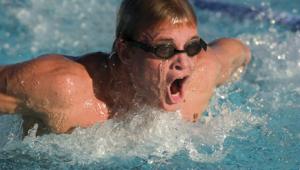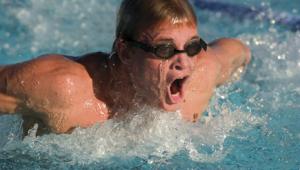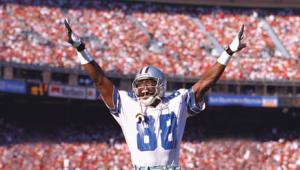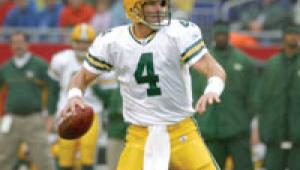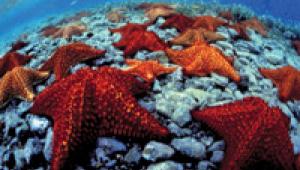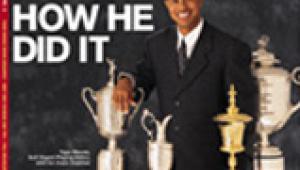Nothing compares to the fun we feel when we watch our favorite sports and players live and have the chance to take pictures of the exciting competition. - Flemings Ultimate Garage
The Inside Scoop
A Day At The Ballpark With A Photojournalist Part 3
This is the third and final
in a series of articles devoted to a topic near and dear to every Shutterbug
reader's heart--gear! We love gear, and particularly love
to take a look into the bags, cases, and car trunks of well-known professional
photographers. This time around it's the photojournalist's
turn. |
|||
Sports Gear, 2003 Style Sports Glass Sorry, No Film Busy Schedule Know The Game |
|||
The Digital Flow Experience Counts |
- Log in or register to post comments






